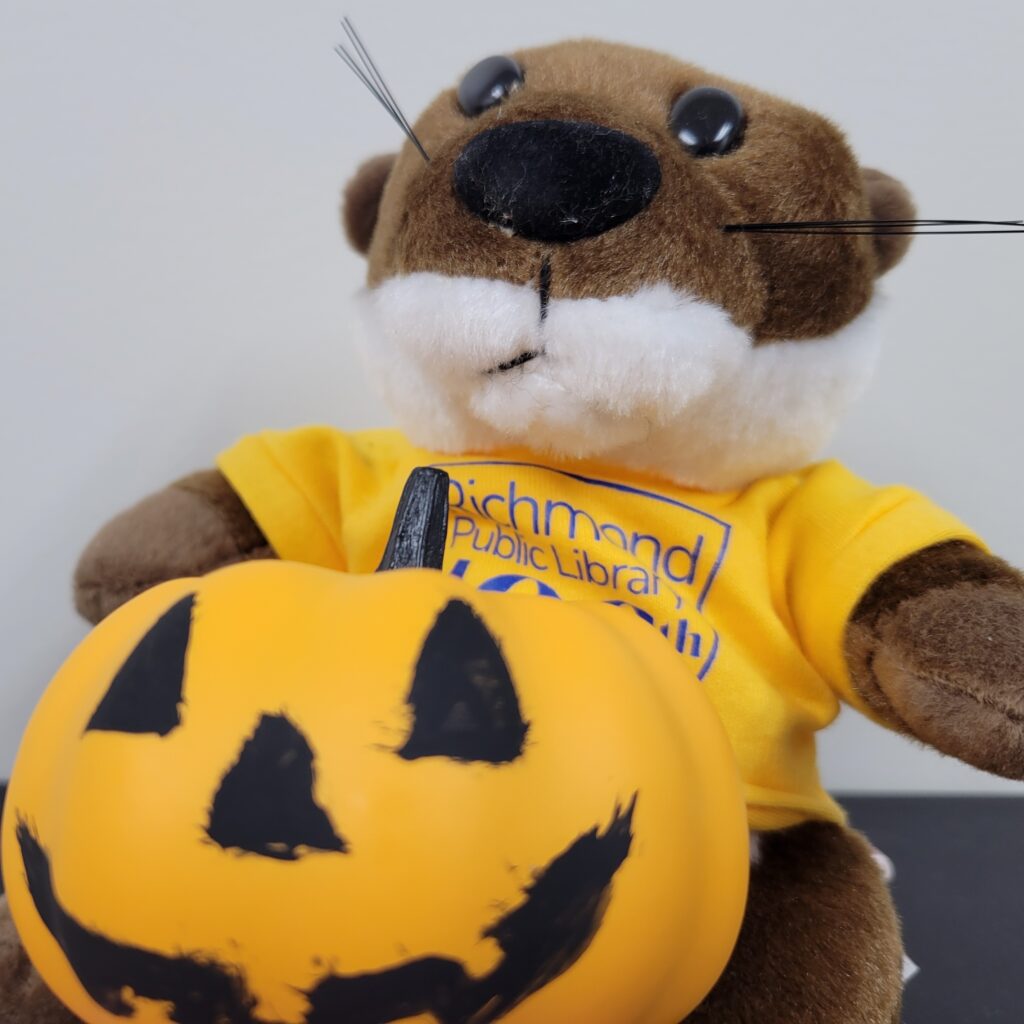
For many people, Halloween is a truly magical time of year. Once we start to experience those first chills, and see the leaves start to turn, we know it’s “Spooky Season.” It’s a time of tradition, some that make sense, and some that don’t. Why do we dress up in costumes and ask our neighbors for candy? Why do we carve jack o’ lanterns? Why is there such a focus on ghosts and skeletons? Why is it called Halloween? Well, here I’ll answer these questions and more!
The earliest Halloween-like tradition that we know of dates back to more than 2000 years ago: the Celtic festival of Samhain (pronounced SOW-win), which was held every year around what is now Oct. 31st. This festival was a time to celebrate the end of the harvest season. The celebration included bonfires as part of their rituals and sacrifices to the Celtic deities, as well as offerings to the various spirits and monsters that were thought to roam during this night. It was believed that at this time of year, the souls of the dead were able to cross back over to wander about the land of the living, and also that the faeries and monsters of the land would be especially active. The Celts would often dress up as animals or monsters themselves to fool the spirits and creatures that wandered the lands.
Over time, this celebration evolved as new customs were added. After the Roman Empire conquered most of what is the modern day United Kingdom, the Roman festival commemorating Pomona, the goddess of the harvest, was merged with Samhain. However the biggest change came in the 8th Century when the Catholic Church attempted to supplant the popular pagan festival with a Catholic festival: All Saints Day, observed on Nov. 1st. This holiday was meant to commemorate all of the Catholic saints, or holy men and women. As a result of this, the night before All Saints Day became known as All Hallows Eve, hallow being a word meaning holy or saintly. Over time, this name evolved into the holiday we know today: Halloween. The celebration and traditions of Halloween came over to the United States primarily with Irish immigrants, and over time its popularity spread throughout the entire country.
To dive a bit deeper, let’s look at some of the most popular traditions that are included in Halloween:
Costumes
This tradition goes straight back to the beginning, with ancient Celts dressing up as animals and monsters in order to fool the various ghosts and monsters and faeries that were believed to roam the night during Samhain, when the barrier between worlds was at its weakest. The nature of these costumes has varied over the years, but the idea of tricking the creatures of the night by pretending to be one of them has been a tradition from the very beginning.
Candy and Trick-or-Treating
This tradition has various components, some ancient, some more modern. During Samhain, the ancient Celts would often leave small offerings of food outside their doors in order to placate the spirits that wandered the land at this time. This is similar to many other traditions throughout the world, including the Mexican Día de Los Muertos, when many families will leave offerings of food for the souls of their deceased family members and ancestors.
Additionally, there were various European traditions that had people, often children, going around to beg for small offerings of food or money. Soul-caking was a tradition in England where children would go door to door and beg for small cakes known as soul cakes.
In the early to mid 20th Century in America, Halloween was viewed by many to be an evil holiday that glorified so-called pagan rituals. In an effort to curtail this, while not completely banning the popular holiday, there was an increased emphasis on the practice of trick-or-treating in order to bring communities closer together and increase a sense of unity.
Candles and Jack o’ Lanterns
Fire was an important component for the Celtic celebrations of Samhain, and it has evolved over time to be included in Halloween celebrations. The most prominent of these candles is the Jack o’ Lantern, which actually comes from Irish tradition: a lost soul named Stingy Jack is fated to wander the Earth, with only a candle in a carved out turnip to light his way. The Irish would carve scary faces into turnips and use a candle to light it in reference to Stingy Jack and to scare away evil spirits. Over time, pumpkins replaced turnips as the vessel of choice.
Ghosts and Skeletons
As previously mentioned, it was believed that the spirits of the dead were free to roam the Earth during the celebration of Samhain. These ghosts were often represented in art and stories as walking skeletons, or the transparent figures we think of today.
Bobbing for Apples
A classic party game for Halloween, the practice of bobbing for apples actually dates back to the Roman festival of Pomona. The apple was the symbol of Pomona, and the festival’s celebration included rituals that were similar to the game we know today.
So now you know a bit more about where Halloween comes from! Enjoy this spooky time of year, and if you’re at all interested in learning more, please check out the sources listed below.
Happy Halloween!
Sources:
https://www.history.com/topics/halloween/history-of-halloween
https://www.history.com/topics/holidays/samhain
https://blogs.loc.gov/headlinesandheroes/2021/10/the-origins-of-halloween-traditions/
https://www.britannica.com/topic/Halloween